This article contains affiliate links. We may earn a small commission if you purchase via these links.
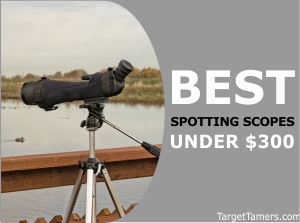
If you've found this review, then you might be looking for a pro spotter without actually spending pro money.
What this means is bidding in for the best scope that would do a hunter proud.
Here's a few options that might raise your ego without raising the bid!
5 Top Spotting Scopes Under $300 (Comparison)
| IMAGE | PRODUCT | DETAILS | |
|---|---|---|---|
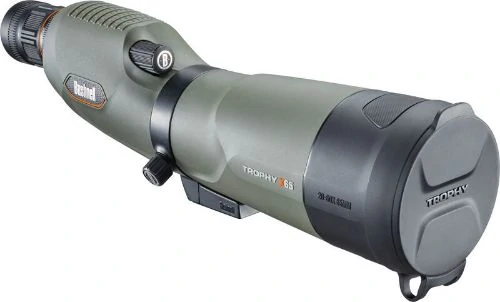 | Bushnell Trophy Xtreme |
| CHECK PRICE |
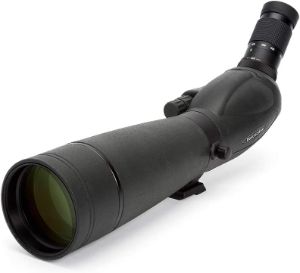 | Celestron Trailseeker |
| CHECK PRICE |
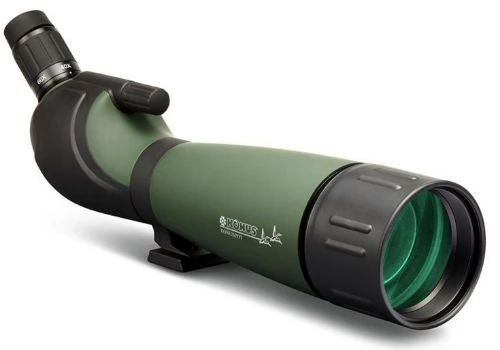 | Konus KonuSpot-80 20-60x80 |
| CHECK PRICE |
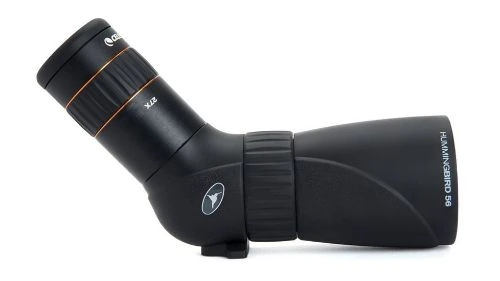 | Celestron Hummingbird 9-27x56 Micro |
| CHECK PRICE |
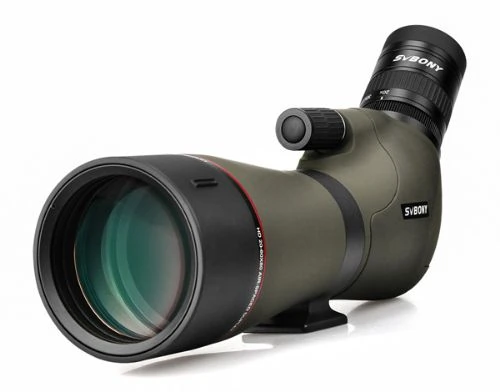 | SVBONY SV46 |
| CHECK PRICE |
Why Trust Us?
After hundreds of hours of hand-testing scopes in the field and at the range, and thousands more hours researching and writing about them, we feel we earn the title of experts when it comes to optics!
We purchase as many of the optics for our tests as possible, and run them through their paces to make sure they will perform at the range and in the field.
Our combined decades of experience from target shooting and hunting, to big game hunting and competitions has been integral in putting together this round-up of the best spotting scope under $300.
Get the inside scoop on how we test optics here.
This price range is what you could consider the high-end of the entry level market. Expect to see the best of basic features here, but you might also be surprised to see a few additional perks that should impress.
We should also disclose that this budget range tends to be slim when it comes to happy buyers. To eliminate buying doubt when you've only a got a few hundred dollars to spend, we've only offered the best there is. Feel free to be picky since we've picked each of these scopes apart. Get the most of what you can afford right here!
The 5 Best Spotting Scopes Under $300
1. Bushnell Trophy Xtreme 20-60X65 - Best Overall
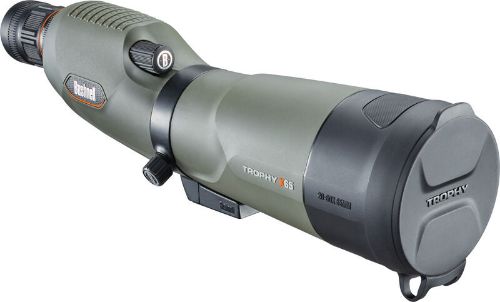
The Bushnell Trophy Extreme - extreme power plus Bushnell quality and you have a recipe to take down your trophy bull. Must you spend a few hundred bucks? Nah - just two.
Pros:
- Price
- High magnification
- Waterproof
- Fully multi-coated optics
- No Questions Asked Lifetime Warranty
Cons:
- Standard optical quality
For a spotting scope that claims to be on the extreme end of the spectrum, you'd expect an extreme price tag to match. Fortunately, that's not Bushnell's style. The 20-60x65 scope is actually on the lighter end of the price scale for this lineup, and it's a welcome addition.
With just a couple hundred bucks, you have extra magnification to reach out to those extreme distances. While it might not sport any additional, fancy coatings or glass elements, the BaK4 prism glass and fully multi-coated optics are standard and expected in this price range.
It's O-ring sealed, nitrogen-purged, and has an IPX7 rating. Can you be out in the worst weather with this scope? You betcha! Although the lack of Bushnell's ExoBarrier coating may deter you since you might not be able to see anything.
But, in less than ideal weather, it's going to perform just fine on the range, in the hunt, or even on a wildlife tour. It's protected if anything happens to it. Bushnell's No Questions Asked Lifetime Warranty is top-notch when it comes to warranty coverage. For an affordable option in this price range, it's worth it.
2. Celestron Trailseeker - 20-60x80 - Best for Stargazing

As is customary of Celestron, they offer multiple models in the same series. The 20-60x80 spotting scope is the medium configuration for the Trailseeker line. Priced at the upper end for entry level, the Trailseeker offers a few perks worthy of consideration.
Pros:
- XLT coatings
- Dual focus
- Sliding sunshade
- Rotating tripod mount
- Interchangeable eyepiece
Cons:
- Optical dropoff at max power
Like most spotting scopes, the Trailseeker also struggles with resolution after about 40x power. This is typical of most scopes under $500 and is not unqiue to the Trailseeker. It is very important information to know if you’re new to spotters.

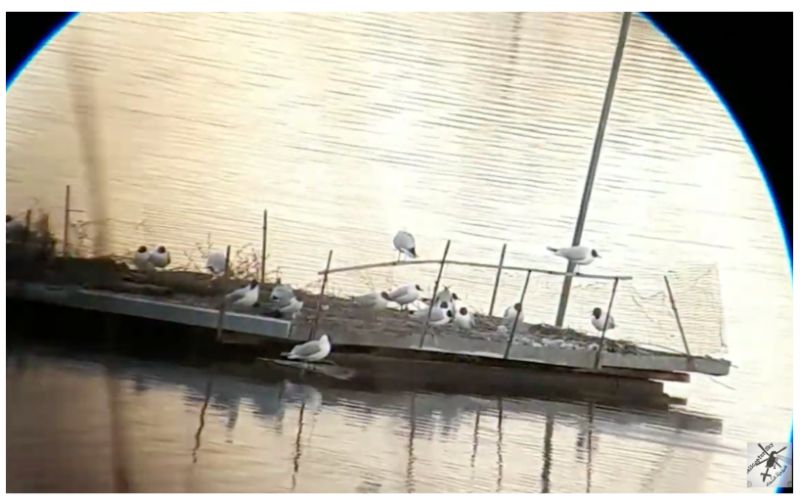
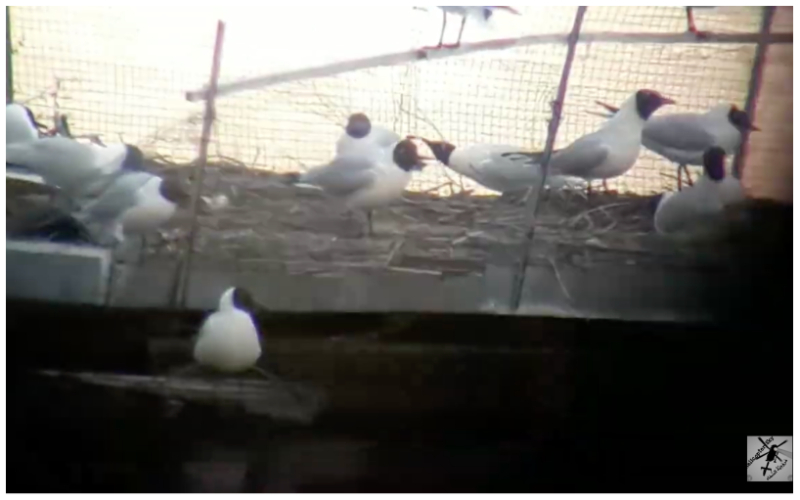
It does not have ED elements, so there will be some chromatic aberration present. I would recommend it for close-range use, up to 100-200 yards, for target shooting and causal bird watching.
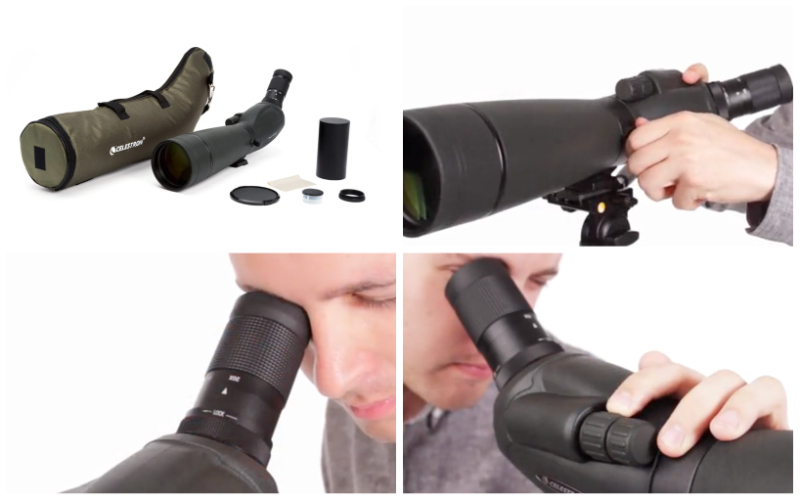
What I like about it is that it has a dual focus knob that allows for course and fine adjustments. Not many scopes offer this feature. I also like that it comes with a sliding sunshade that can help to block out glare.
You might love the interchangeable eyepiece system. Celestron has a lot of eyepieces and filters to choose from. Take the Trailseeker from the terrestrial plane to the celestial plane with an astronomical eyepiece – it can do that!
3. Konus KonuSpot- 80 20-60x80 – Best for Digiscoping
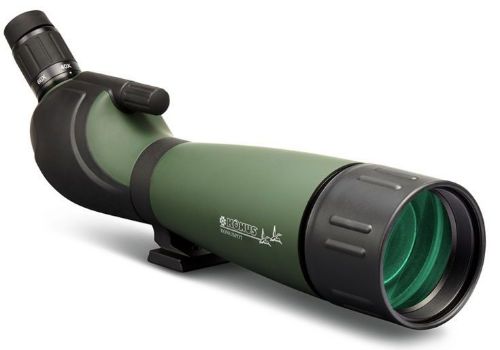
The KonuSpot-80 was discontinued but has been brought back under model number #7126. It’s not apparent that any changes occurred to the recently brought-back-to-life spotter, but it was a favorite for years and continues to remain an affordable option.
Pros:
- Decent glass
- Adjustable sunshade
- Metal chassis
- Camera adapter
- Accessories included
Cons:
- Sticky armor
The KonuSpot comes with an adapter for reflex cameras in the box. The eyepiece is removed, and the adapter allows attachment to a DLSR, but you will need to buy the right T-ring for it separately.
However, the Konus seems to lack glass elements to improve its color fidelity and reduce aberrations. There will be some off-axis sharpness and difficulty in maintaining optimum quality at max magnification – it’s still a budget scope after all.
Even so, the KonuSpot performs excellently for seeing groupings at 200 yards. Some have pushed it to 400 yards on steel. The rotating mounting collar compensates for angles and various positions. The included tabletop tripod is much like many cheap included tripods – flimsy. This will be the only accessory you’ll need to upgrade.
Seeing that the specs didn’t change, it can be assumed that it still has 18mm of eye relief. It has a retractable sunshade, and the chassis is made with metal.
While the entire scope is rubber armored, there was complaint with Konus optics becoming sticky after a few years as the armor started to break down. Many have rigged a solution for it, so it may not be as bad a drawback if you want to stick to the budget, the digiscoping capability, and the Konus glass for reasonable mid-distance range use.
4. Celestron Hummingbird 9-27x56 Micro – Best Compact
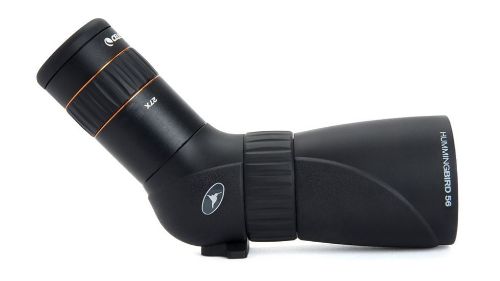
True to its namesake, the Celestron Hummingbird is small and compact. It’s so nifty in size that Celestron says it’s a true stash-away optic for your coat pocket or cargo pants. With a 9-27x56 configuration, it may be one of the easiest handling spotting scopes available.
Pros:
- Angled
- Micro-size
- FMC & phase coatings
- Fog/waterproof
- Tripod mountable
Cons:
- No ED glass
It’s essential to note that the Hummingbird Micro is available in two models: with ED (#52308) and without ED (#52310) glass. This is the non-ED version. To get the upgrade in glass, you’ll need to double the budget (approx.).
If recreational purposes are the primary applications, you’ll be happy with the non-ED model for the money. The glass isn’t bad without ED elements as it has FMC coatings and the BAK4 prisms have been phase-corrected with an undisclosed material. The body has the angled design and is perfect for watching birds in the sky or following deer straddling the ridge.
Being only 8.2” long and 20.8oz in weight, it’s much shorter than many alternative compact spotting scopes, but it’s not the lightest. Still, it can fit into pockets (if they’re on the large side) and will easily stash away into a day pack.
Even given its micro size for easy free-hand handling, Celestron made the ingenious move to provide tripod mounting to stabilize the image for high power use. Since it can reach 27x power, you may as well mount it to spot mid-range groupings or count B&C points.
5. SVBONY SV46 20-60X80
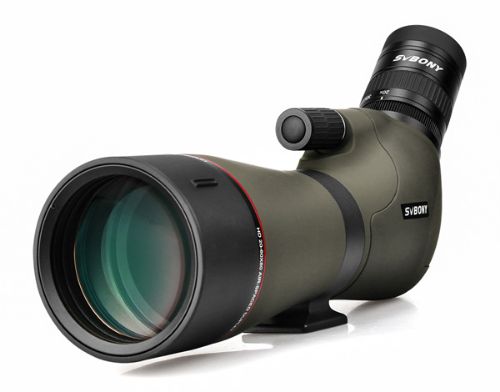
The SV46 spotter is one of the latest additions to SVBONY's spotting scope line. This one has a higher price tag than others we've seen in the market, and what makes this one worth the jump up from its affordable sibling, the SV13 which is one of the best spotting scopes under $200? Let's find out.
Pros:
- Price
- Dual focus
- Broadband green film coating
- High magnification
- IPX7
Cons:
- Short eye relief
The SV13 and SV46 spotting scopes seem to share the same short eye relief that buyers find is less than the approximate 17-18 mm. However, for short term use, it seems users are forgiving of the unforgiving eye relief.
It also shares key features with its affordable counterpart such as an IPX7 rating, retractable sun shade, twist up eyecup, rotating tripod ring, and an angled design.
But, to set itself apart as an upgrade worth the additional cost, this newer model sports the high-end dual focus mechanism that allows for fast, course adjustments and then slow, fine adjustments to sharpen the image. With high magnification of 20-60x, you're going to need all the resolution and sharpness you can get to make the most of your spotting experience.
This scope has a broadband green film coating on top of its fully multi-coated optics to aid in color fidelity and resolution. We're not sure of the coating quality, but it does serve as an extra anti-reflective barrier.
For a brand that's paving its own path in the industry, they're doing it right while adding in a couple premium features here and there. Kudos to the underdog!
What to Look for in a Spotting Scope in This Price Range
It's always attractive to see a scope with as many extra features as possible. However, in this price range, that's not always the case. What you do want to see is high quality in the basic features.
If there are extra perks built in, be brand-specific to ensure the premium features do exactly what they're marketed to do. Here's what to look for to not get caught in the hype of getting "premium features" for bottom dollar. It might just end up being a bottom dollar scope.
Budget & Optical Coatings
There are good spotting scopes under $100, but there are differences between them and these that cost two to three times the price. These spotters have fully multi-coated (FMC) optics, may have a metal chassis, are both fog and waterproof, and they may offer higher power in the 20-60x range.
Though the glass is usually a BaK-4 source and is common in this price range, the real differences will lie in the quality of the coatings. Fully multi-coated lenses are the expectation at this price point as they’re the best of what can be acquired for air-to-glass surface coatings.
Read more about what lens coatings are and how to define them here.
| Product | Price Range | Glass Coatings |
|---|---|---|
| Bushnell Trophy Extreme | Under $250 | FMC |
| Celestron Trailseeker | Under $300 | FMC |
| Konus KonuSpot | Under $250 | MC |
| Celestron Hummingbird | Under $250 | FMC |
| SVBONY SV46 | Under $320 | FMC |
Magnification & Objective Lens Size (Configuration)
The configuration consists of the magnification and objective lens size (aperture). These figures determine how much power you have to magnify and essentially how much light can be transmitted through the scope to the eye making for a bright sight picture.
Though very high power sounds tempting to have, at this price point the optics are unlikely to keep up with the demand. What this means is that you may be able to resolve decent clarity and resolution on paper at 100 yards, but you’re likely only seeing enough to hit steel at 400 yards.
Check out our Best Spotting Scope Magnification for 100+ Yards for more details.
| Product | Magnification | Objective Lens Size |
|---|---|---|
| Bushnell Trophy Extreme | 20 - 60X | 65 mm |
| Celestron Trailseeker | 20-60X | 80 mm |
| Konus KonuSpot | 20 - 60X | 80 mm |
| Celestron Hummingbird | 9 - 27X | 56 mm |
| SVBONY SV46 | 20 - 60X | 80 mm |
Eye Relief
What is eye relief? It’s the distance from the eyepiece to your pupils in which you can see the full field of view without aberrations. The lower the number, the more uncomfortable it can be for those who wear glasses as it requires your eyes to be very close to the eyepiece.
The higher the number, the more comfortable it can be. Those who wear glasses should look for at least 15mm at minimum, though somewhere around 20mm is ideal.
Most spotting scopes will have adjustable eyecups. With them all the way retracted, eye relief is at its longest – best for those with glasses. With them all the way extended, eye relief is at its shortest – best for those who do not wear glasses.
Even with that said, as you increase magnification, eye relief can shorten at the same time.
| Product | Eye Relief | Field of View |
|---|---|---|
| Bushnell Trophy Extreme | 18 mm | 105 – 60 ft (ft @ 1000 yards) |
| Celestron Trailseeker | 18 mm | 105 ft – 52 ft (ft @1000 yards) |
| Konus KonuSpot | 18 mm | 79 ft – 41 ft (ft @ 1000 yards) |
| Celestron Hummingbird | 15 mm | 73 m – 32 m (m @ 1000 meters) |
| SVBONY SV46 | 19.2 – 18 mm | 105 – 51 ft (ft @ 1000 yards) |
Size & Weight
Most spotting scopes are intended to be tripod mounted. However, some very micro and compact models can be comfortably used as a handheld monocular. One must consider the overall size and weight and how it will impact your hike, total gear weight, or hunt.
| Product | Dimensions | Weight |
|---|---|---|
| Bushnell Trophy Extreme | 15” (L) | 36.5 oz |
| Celestron Trailseeker | 19.9 x 3.5 x 5.1” | 54.6 oz |
| Konus KonuSpot | 17.6” (L) | 49.3 oz |
| Celestron Hummingbird | 8.2 x 5.0 x 2.7” | 20.8 oz |
| SVBONY SV46 | 15.5 x 6.93 x 3.86” | 59.79 oz |
Durability
Spotting scopes are intended for outdoor use, so there should be reasonable expectations of weather resistance. This is one such feature that separates the $300 price range from the $100 price range. Most scopes at this point should be fogproof and waterproof.
| Product | Waterproof | Fogproof |
|---|---|---|
| Bushnell Trophy Extreme | Yes | Yes |
| Celestron Trailseeker | Yes | Yes |
| Konus KonuSpot | Yes | Yes |
| Celestron Hummingbird | Yes | Yes |
| SVBONY SV46 | Yes | Not disclosed |
Keep It Simple, Stupid!
To recap, here is the list of our top picks of the 5 Best Spotting Scopes Under $300:
- Bushnell Trophy Extreme 20-60x65 - Best Overall
- Celestron Trailseeker 20-60x80 - Best for Stargazing
- Konus KonuSpot-80 20-60x80 - Best for Digiscoping
- Celestron Hummingbird 9-27x56 ED Micro - Best Compact
- SVBONY SV46 20-60x80
This is the price range to keep it simple. Look for a spotter that has a solid foundation when it comes to the basic functioning of the scope. Be wary of scopes with a boat load of premium features as the quality may be spread out and performance may be compromised in other areas.
If you want the best of what the entry level market has to offer, this is the price range you want to be in. Know what to look for, and keep it simple, stupid! If you feel you have a bit more money and want to see what other top quality spotting scope options there are on the market, then go right ahead, there are plenty of good options.
Further Reading
- Maven S.3A 20-40X67 Spotting Scope Review – Hands-On Field Test!
- Maven CS.1 Review - 15-45x65 Spotting Scope (Real Hands On Field Test)
- Leupold SX2 Alpine HD Spotting Scope Review (Angled)
- Maven S.1A 25-50 X 80mm Spotting Scope Review (Angled Body)
- Zeiss Victory Harpia Spotting Scope Review - 85mm Angled with Dual Speed Focus System



